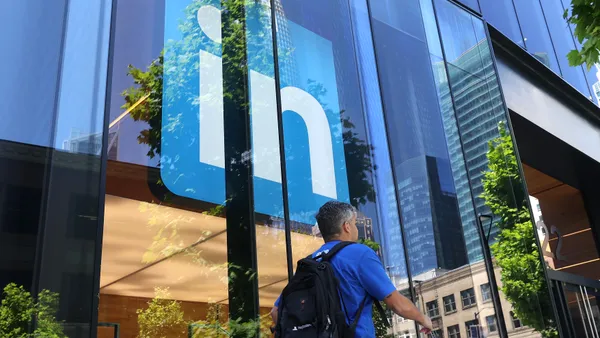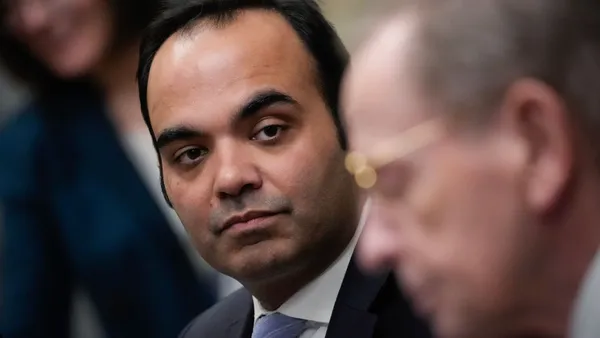Dive Brief:
- Companies want to evaluate employees’ potential and spot those with talent and influence, reports the Harvard Business Review. But can they do it with the analytical tools they have?
- Some employers use the nine-box model, which assesses employees’ current contribution to a company and their leadership potential. The model is a form of succession planning. Companies typically invest in employees with the most promise through training and development programs.
- In a peer-to-peer assessment study by Microsoft and TINYplus, researchers found that employees who communicated with others across the company received the most kudos from coworkers and therefore were identified as having the most influence and potential. Employees with small communications networks were identified as having less potential.
Dive Insight:
Researchers looked at how much time per week employees spent communicating with others in the workplace. Those identified as having potential spent 25 hours a week in their email, about 14 hours collaborating within their group and 12 hours collaborating with those outside their group. Ironically, the results for employees identified as having less potential were similar. A Bersin by Deloitte study shows that, in 2014, investment in leadership development rose by 14% and that college graduates entering the workforce are driving employers’ demands for identifying and training talented staff.
Although the researchers found traits and characteristics associated with future potential in some employees, they concluded that employers generally aren’t assessing the right people and behaviors. They said high performers have traits that often are multidimensional and hidden and, therefore, undetectable. Assessment tools must change and be data-driven just as the workplaces have changed.













